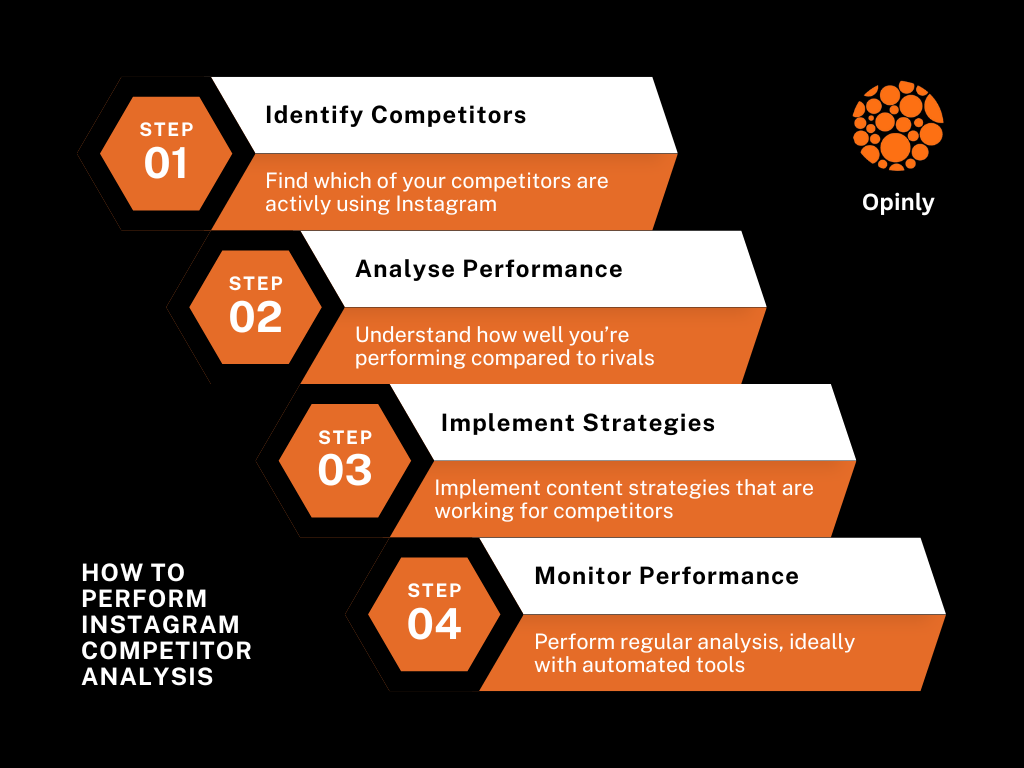Five of the Latest SEO Models
Discover the essential SEO models of 2024: from Topic Clusters to E-A-T, Core Web Vitals to AI integration—a comprehensive guide to understanding and implementing modern search engine optimization frameworks.

In today's digital landscape, search engine optimization (SEO) continues to evolve rapidly. As businesses strive to improve online visibility, understanding and implementing the latest SEO models has become crucial for success. Let's explore the most effective approaches to shaping the future of SEO.
Topic Clusters and Pillar Pages: The Foundation of Modern Content Structure
The topic cluster model has revolutionized how we organize content. This approach involves:
- Creating comprehensive pillar pages that cover broad topics in depth
- Developing multiple related articles that link back to the pillar page
- Building an interconnected content ecosystem that search engines can easily understand
- Improving user navigation and content discovery
This structure helps search engines better understand your content hierarchy and provides users with a more organized and valuable experience.
E-A-T: Building Trust in the Digital Age
Google's emphasis on E-A-T (Expertise, Authoritativeness, Trustworthiness) has become a cornerstone of quality content. To strengthen your E-A-T:
- Showcase author expertise through detailed bios and credentials
- Back up claims with credible sources and research
- Maintain current and accurate information
- Build a strong brand presence across the web
- Gather high-quality backlinks from respected sources
User Experience and Core Web Vitals
Technical SEO has evolved beyond basic optimisation. Core Web Vitals have become essential ranking factors:
- Loading Performance (LCP - Largest Contentful Paint)
- Interactivity (FID - First Input Delay)
- Visual Stability (CLS - Cumulative Layout Shift)
Optimizing these metrics improves rankings, user satisfaction, and conversion rates.
Local SEO: Dominating Your Geographic Market
For businesses with physical locations or serving specific areas, local SEO has become indispensable:
- Optimize your Google Business Profile
- Maintain consistent NAP (Name, Address, Phone) information across the web
- Generate authentic customer reviews
- Create location-specific content
- Build local citations and backlinks
AI and Machine Learning Integration
The rise of AI has transformed how we approach SEO:
- Using AI tools to understand search intent
- Creating content that answers user queries comprehensively
- Optimizing for voice search and conversational queries
- Leveraging natural language processing for better content optimization
Best Practices for Implementation
- Start with Analysis
- Audit your current SEO performance
- Identify gaps and opportunities
- Set clear, measurable goals
- Prioritize User Value
- Focus on solving user problems
- Create engaging, informative content
- Maintain a clear site structure
- Monitor and Adapt
- Track key performance metrics
- Stay updated with algorithm changes
- Adjust strategies based on data
Conclusion
SEO success requires a balanced approach combining technical excellence and valuable content creation. While these models provide a framework, remember that each website is unique. Test different approaches, measure results, and refine your strategy based on what works best for your specific situation.
Remember: SEO is not about implementing every available strategy but choosing and mastering the approaches that align with your business goals and audience needs.




